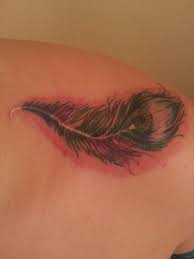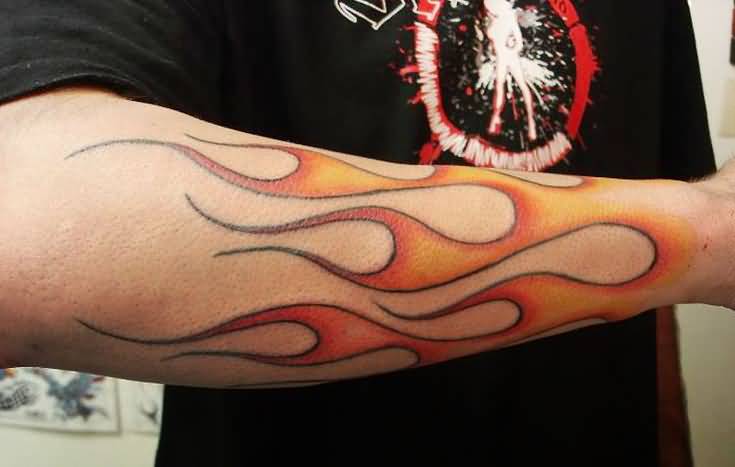
It’s Normal
Tattooing can cause a shock to your immune system, resulting in redness, swelling, itching, weeping, flaking, or other reactions. These symptoms are expected during the healing process. However, if the symptoms persist beyond the average healing time or are accompanied by signs of infection (fever, chills, shaking), it is essential to seek medical attention immediately.
It’s Not
Tattoos can cause trauma to the skin, which may lead to redness and inflammation. This is a normal response that occurs shortly after getting a new tattoo. The skin may become swollen, warm, and bruised during healing. Treating the tattoo as an open wound until it peels is crucial. Avoid activities that may damage or infect the tattoo, such as swimming or tanning. Proper care can help prevent complications.
It’s a Sign of an Infection
If your new tattoo becomes itchy and rash, it could indicate an early sign of infection. Tattoo infections can occur if the procedure is done under unsterile conditions. Infections may cause pain, itching, pus production, foul-smelling discharge, and tissue necrosis near the tattoo. Seeking immediate medical help is necessary to receive appropriate treatment, which may include antibiotics. Contacting the tattoo artist is also advisable for overseeing the recovery process.
It’s a Sign of an Allergic Reaction
Persistent redness around the tattoo could be a result of an allergic reaction. Some individuals develop allergies to the medical tape used to cover the tattoo, leading to itchy rashes. Further irritation can occur from soaps and lotions. Temporary relief can be obtained with unscented ointments. Allergic reactions to tattoo ink may cause small bumps called granulomas, particularly with red ink. If itchiness is accompanied by foul-smelling discharge or fevers and chills, immediate medical help should be sought as it could indicate an infection requiring prompt intervention.

